Choreographing Cells: Dance Dance Evolution
What do you get when choreographers interpret scientific papers that interpret our cells choreography? A Science Dance Match Up Challenge.
In a challenge recently held by the American Association for the Advancement of Science (AAAS), four professional choreographers were paired with four scientists to create dances based on peer-reviewed scientific research. Individuals were invited to read the abstracts of the articles, watch the dances either live or online, and then try to match the science to the dance. The entire event was conducted as an informal research study to see if modern dance encodes science.
Those who watched the dances performed live, rather than online, were much better at matching the dance with the research, according to the results. “Being part of a live audience focuses your attention in a way that staring at a lonely computer screen never can. It’s equally true of art and science,” said John Bohannon, in his AAAS Gonzo Scientist column.
The winning live audience was the University of Vermont, which beat out a global range of institutes that included McGill University in Montreal, CeMM in Vienna, The Science Gallery in Dublin, and Harvard. The New York Time’s Tierney Lab blog even took a turn, challenging readers to take the Dancing Science Quiz and tabulating results.
“Sun Starved,” shown below, is one of the dances from the Science Dance Challenge. The dance was choreographed by Chloe Jensen, working with researcher Dr. Sue Lynn Lau on the paper, Loss of ARNT/HIF1β Mediates Altered Gene Expression and Pancreatic-Islet Dysfunction in Human Type 2 Diabetes. Cell 122, 337 (2005).
Cell dance
While the choreographers created an amazing body of work, another type of choreographed dance – albeit one without an audience – simultaneously went on inside each of the cells within the dancers bodies.
“The Inner Life of the Cell,” the video above, illustrates the dance taking place inside a single white blood cell. It was created by XVIVO, a scientific animation company. Clearly the medical illustrators are also choreographers. They just sport high tech software rather than leg warmers.
Enjoy the dances.
So you think you can dance?

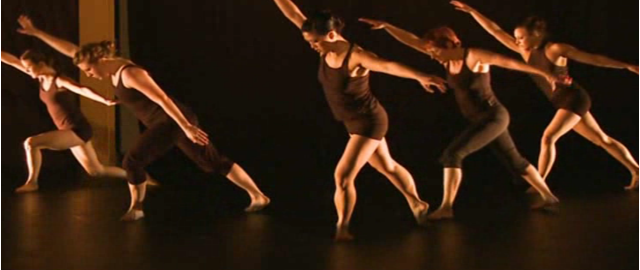
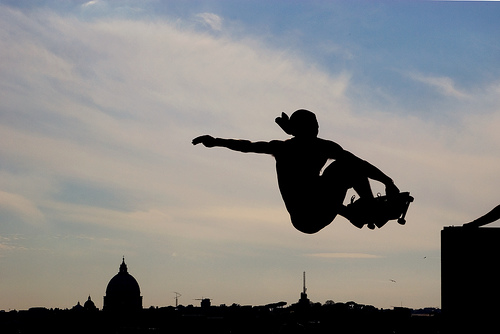
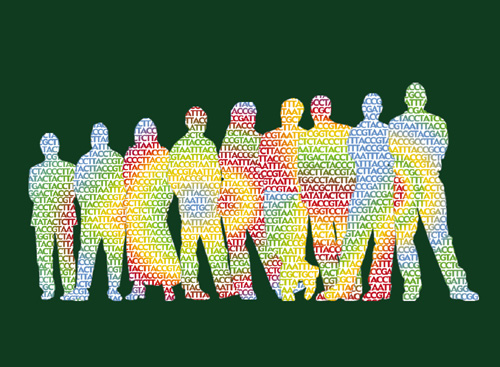


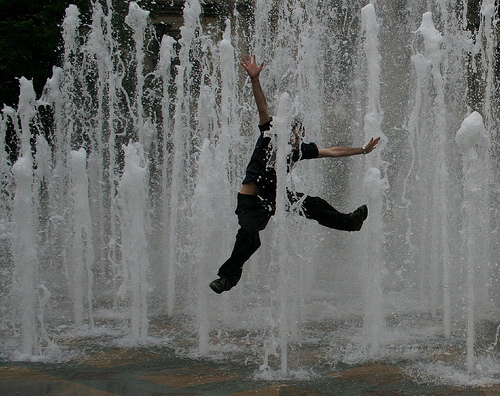

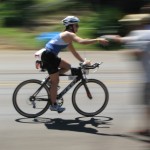

[…] Choreographing Cells: Dance Dance Evolution […]
[…] Choreographing Cells: Dance Dance Evolution […]